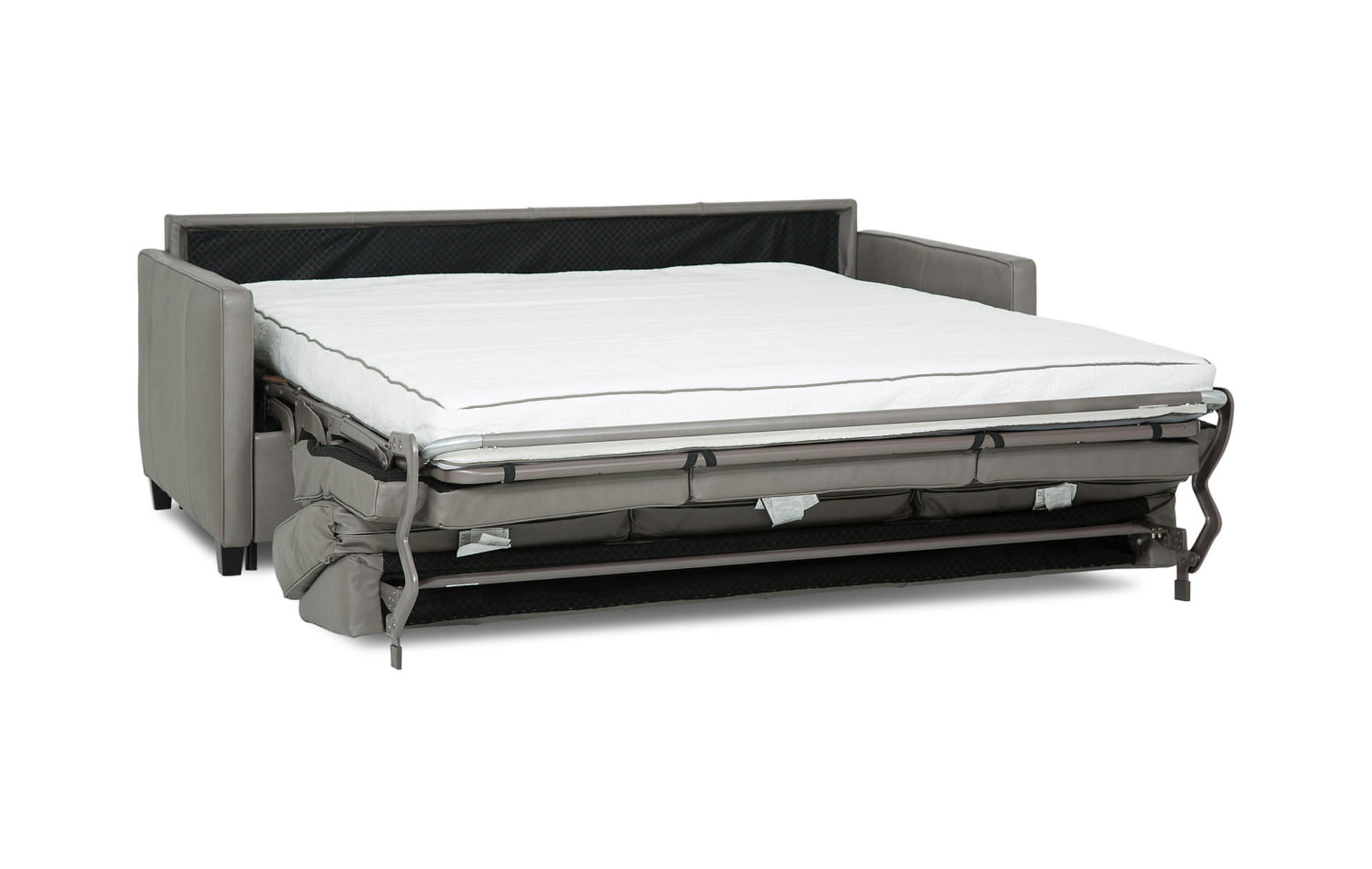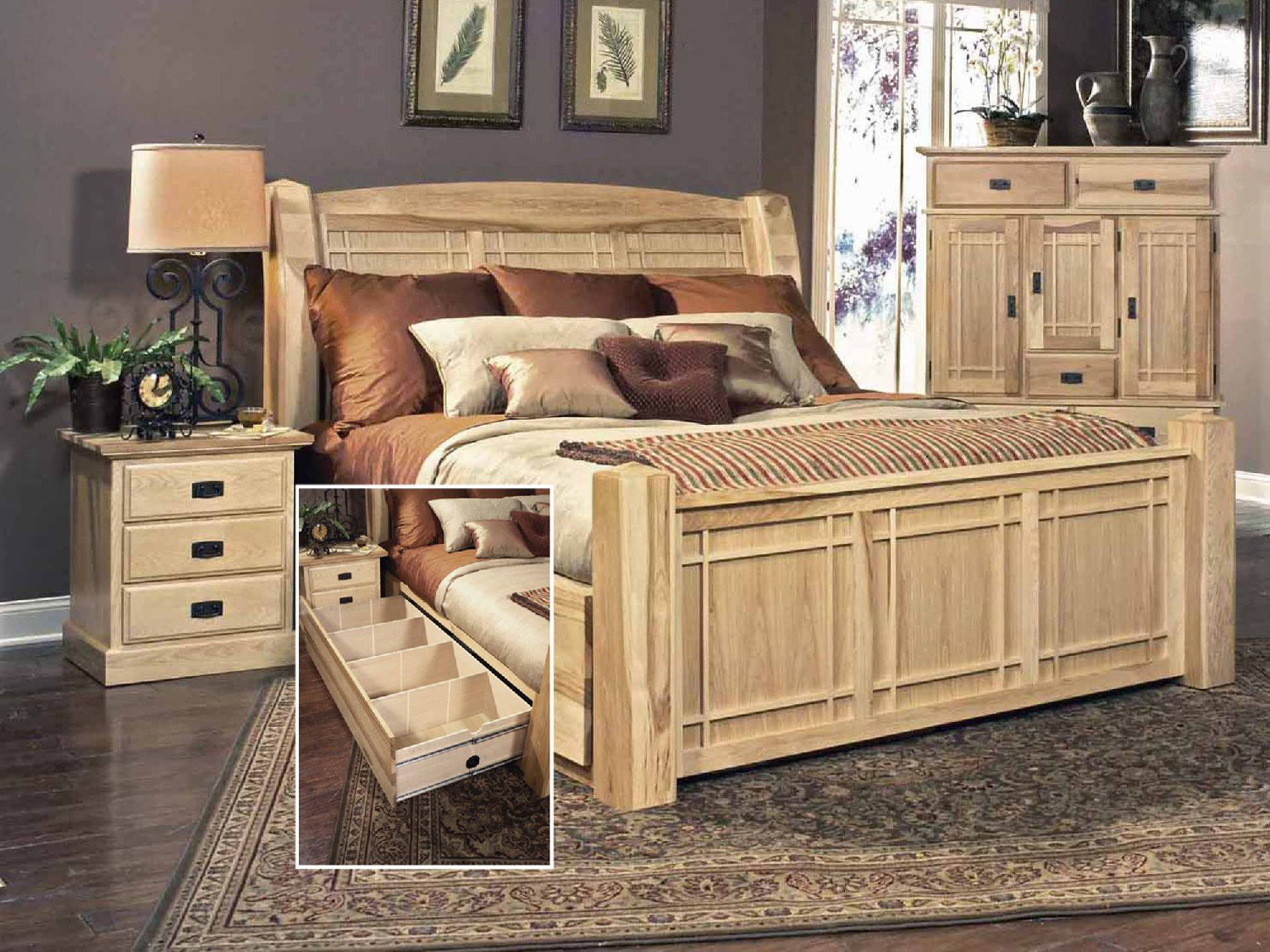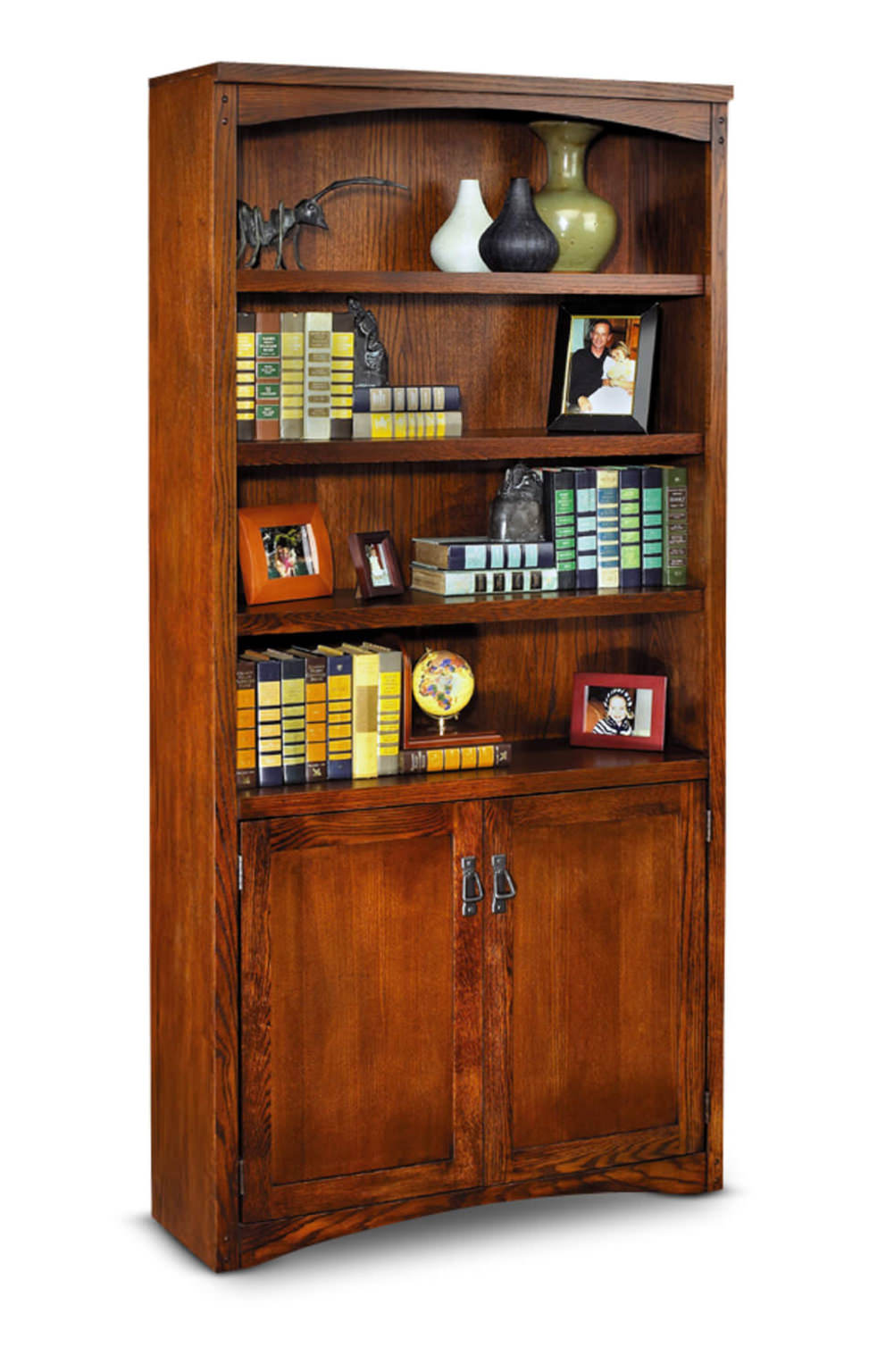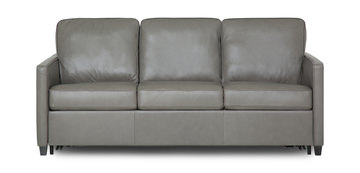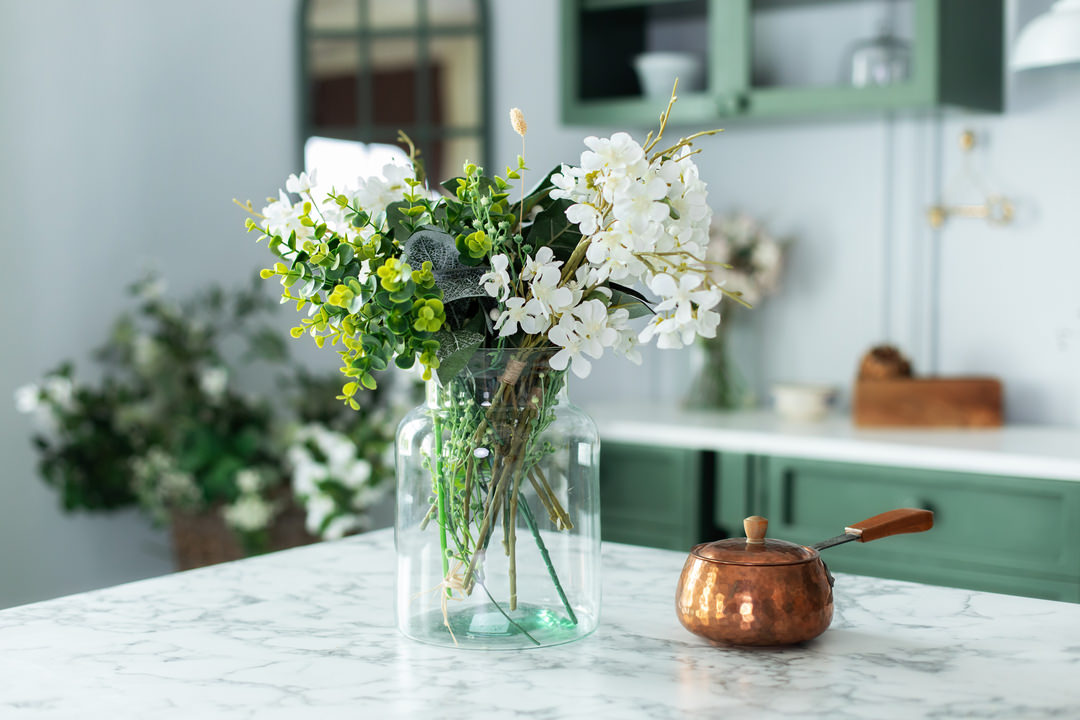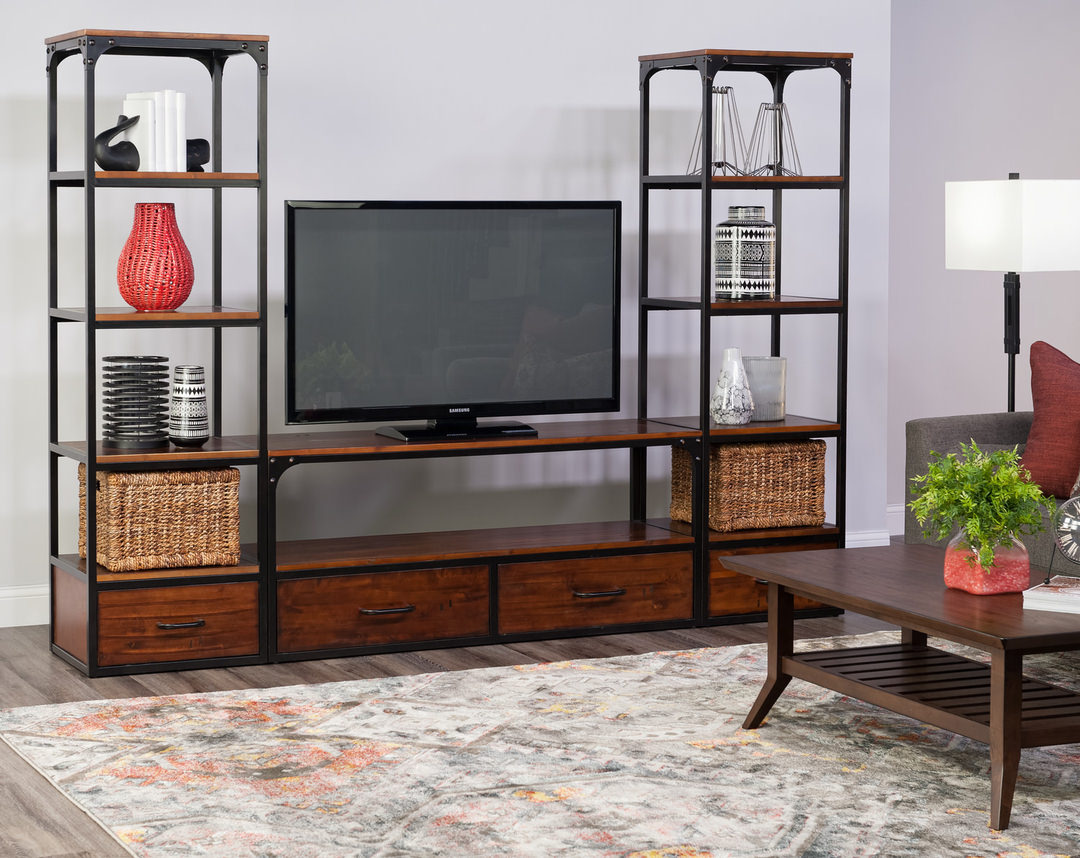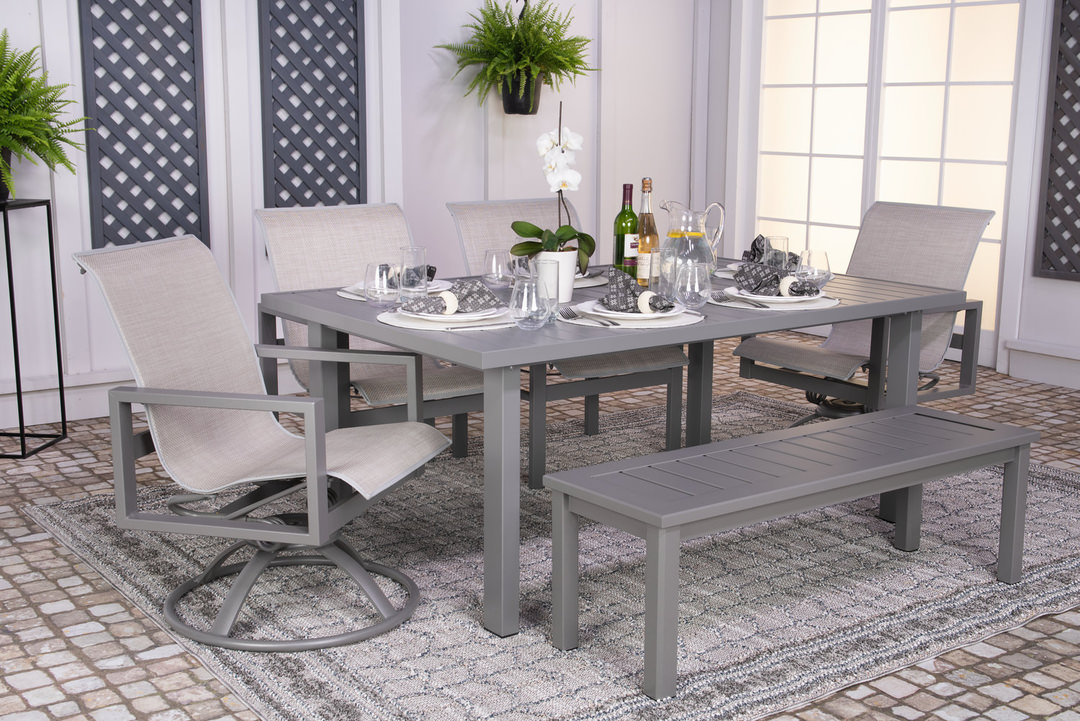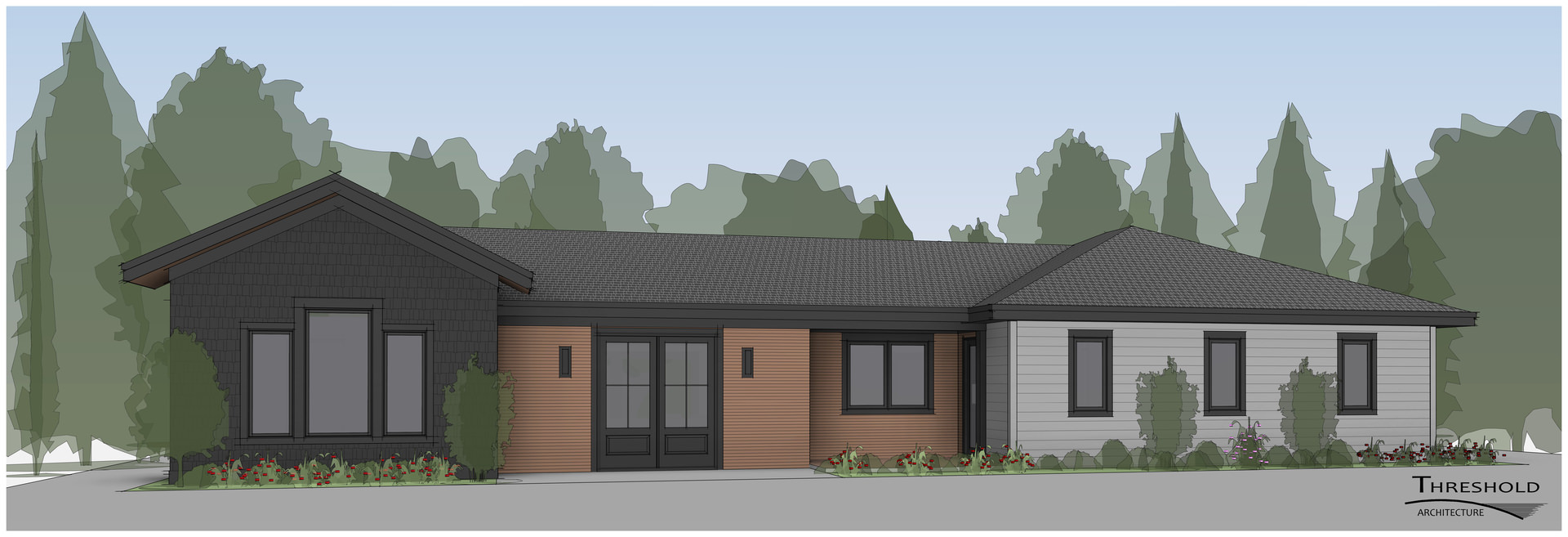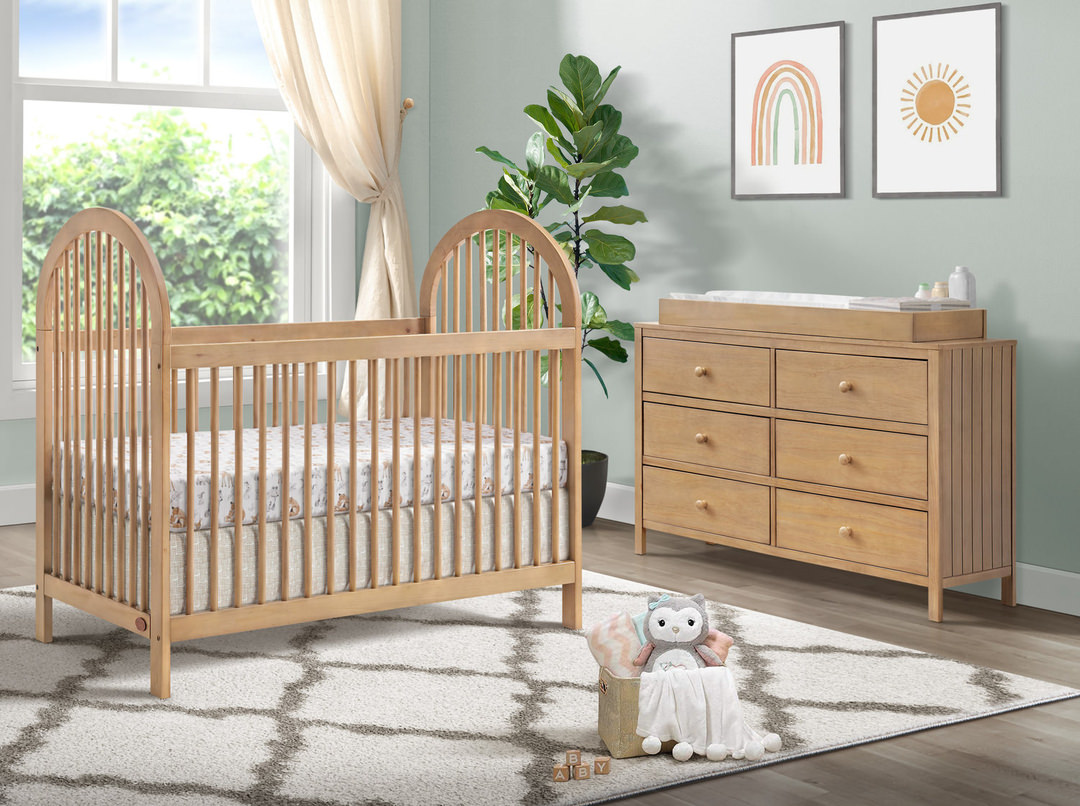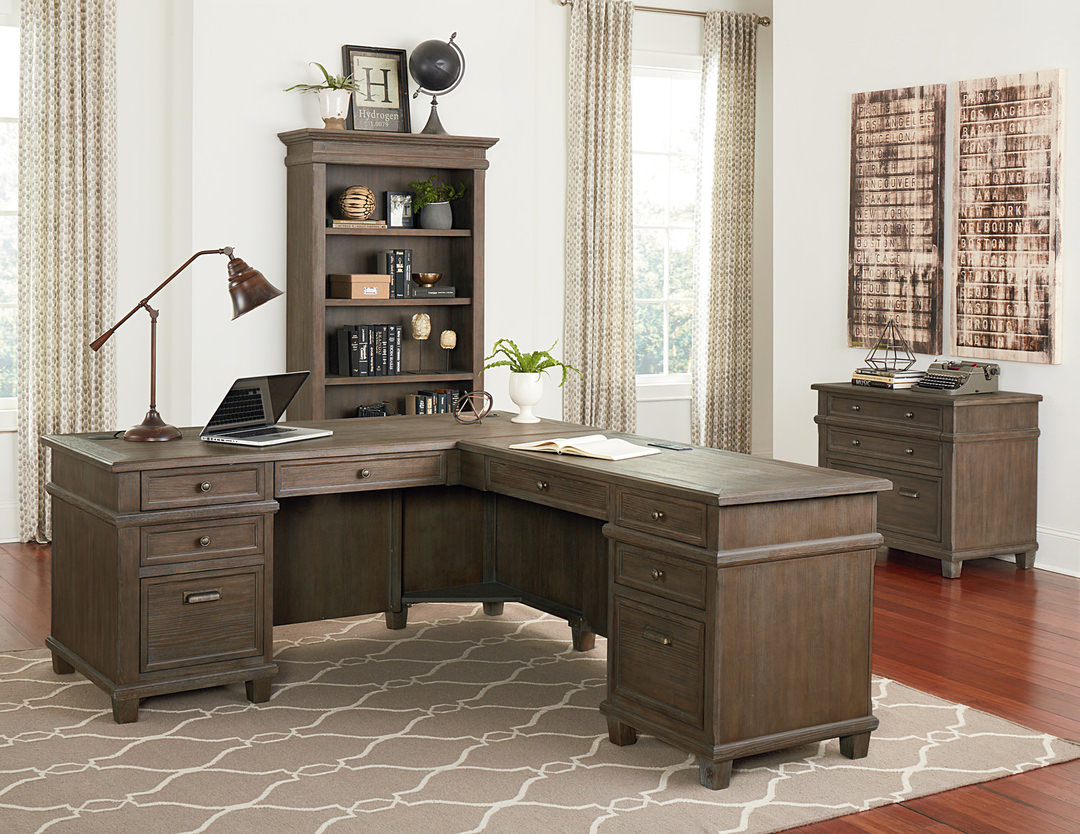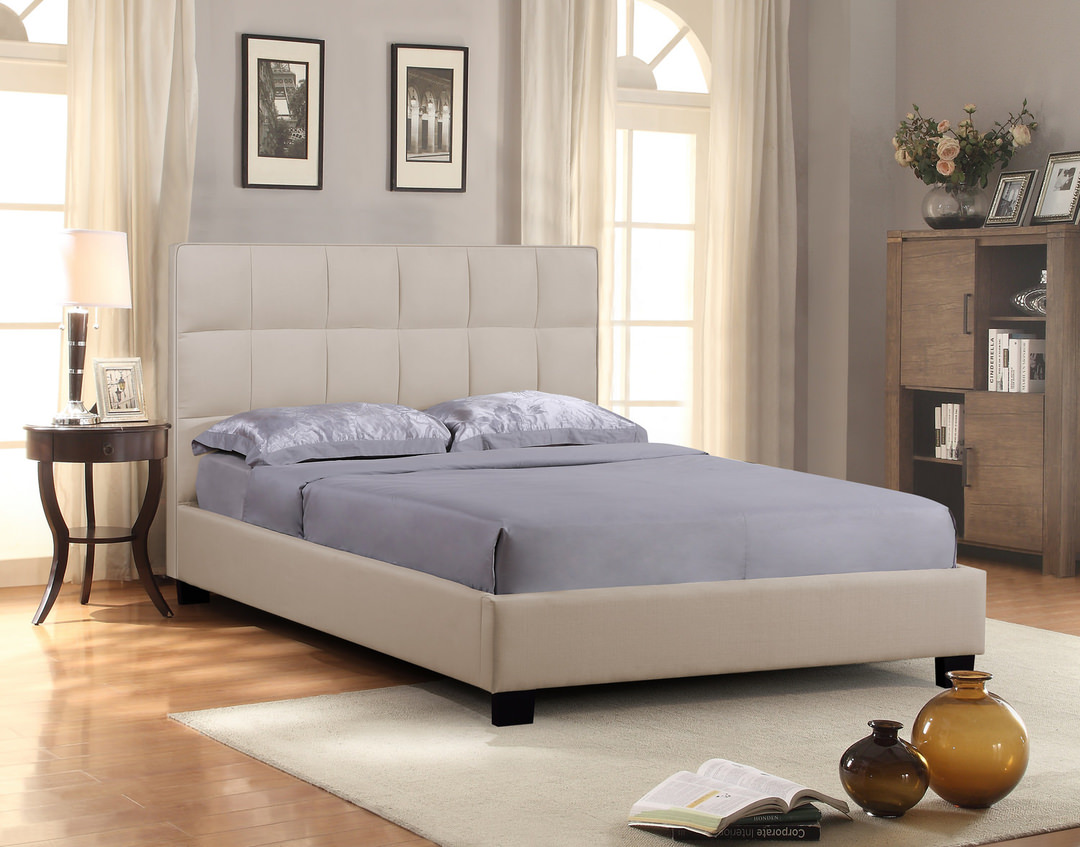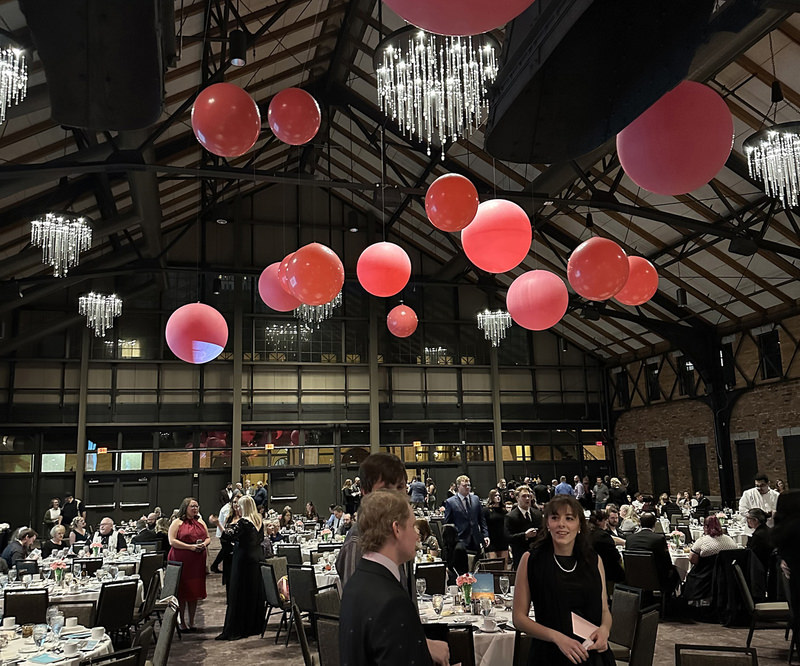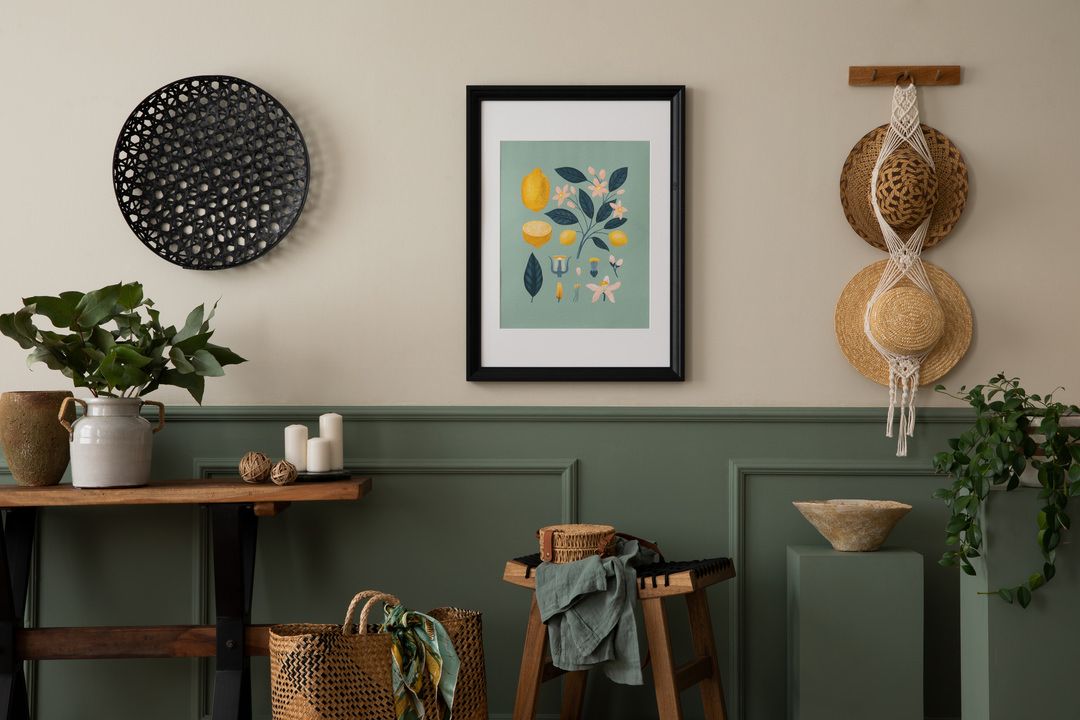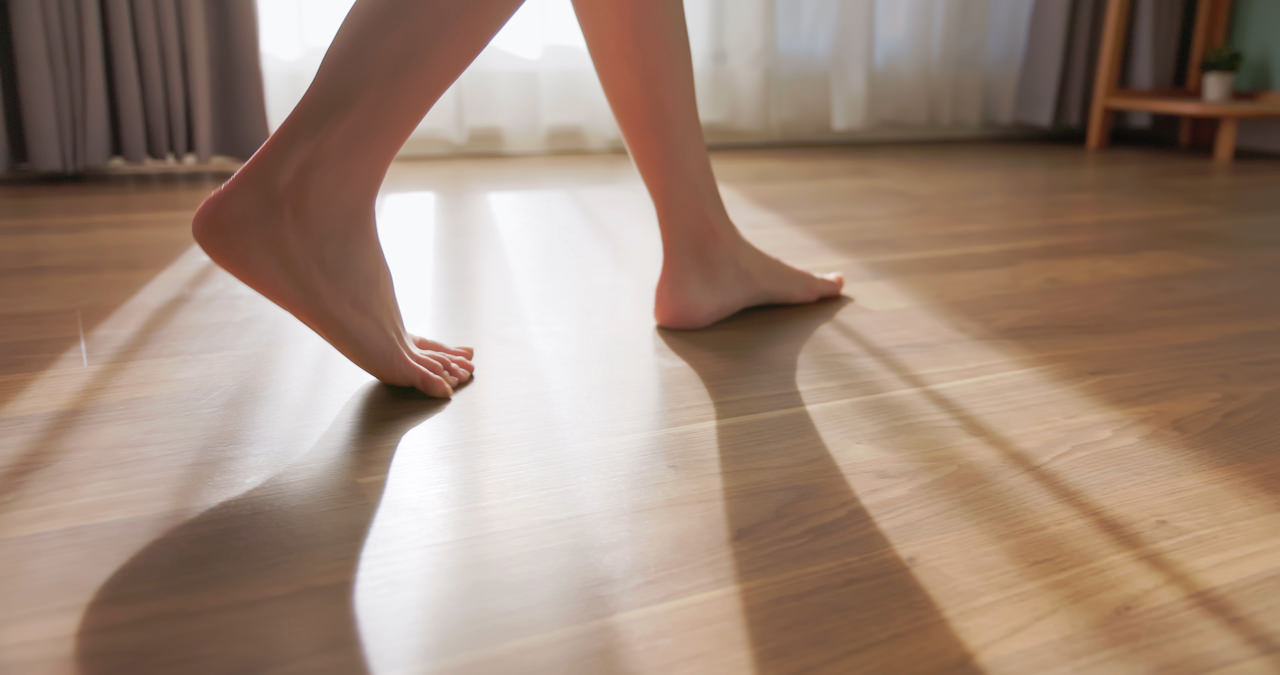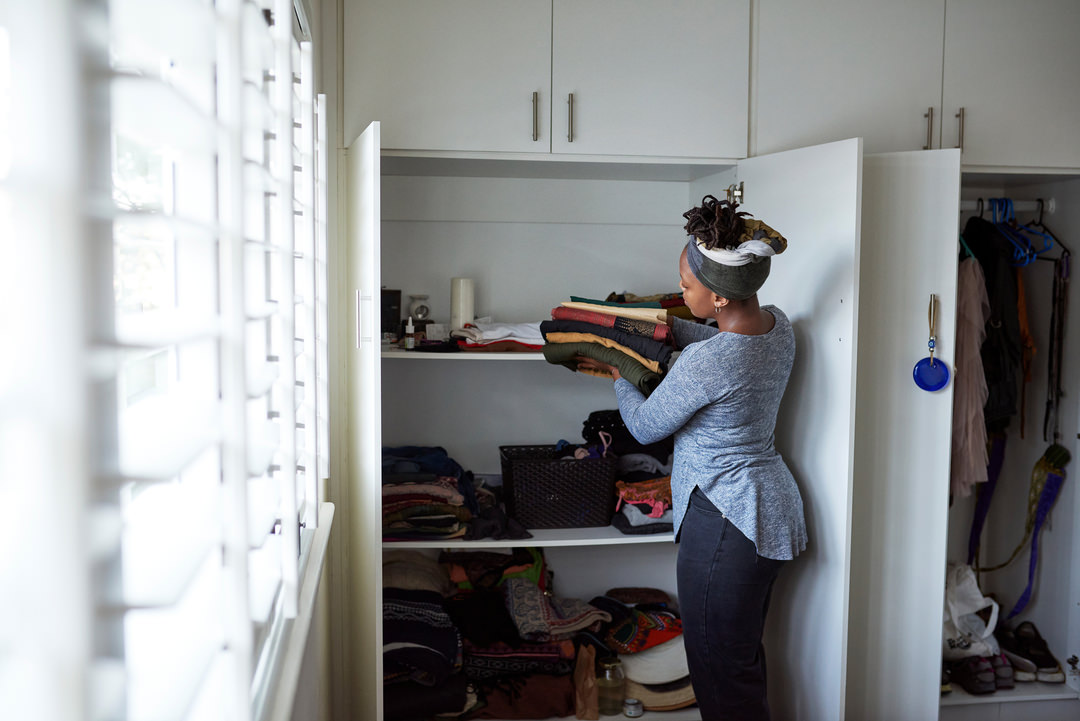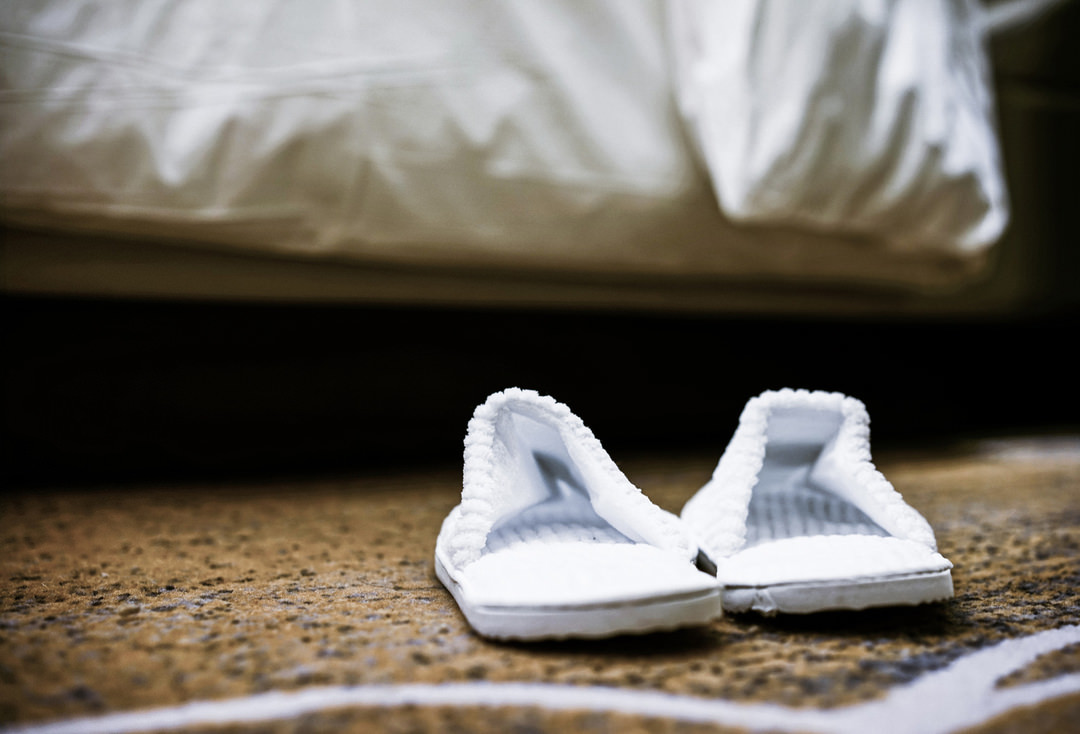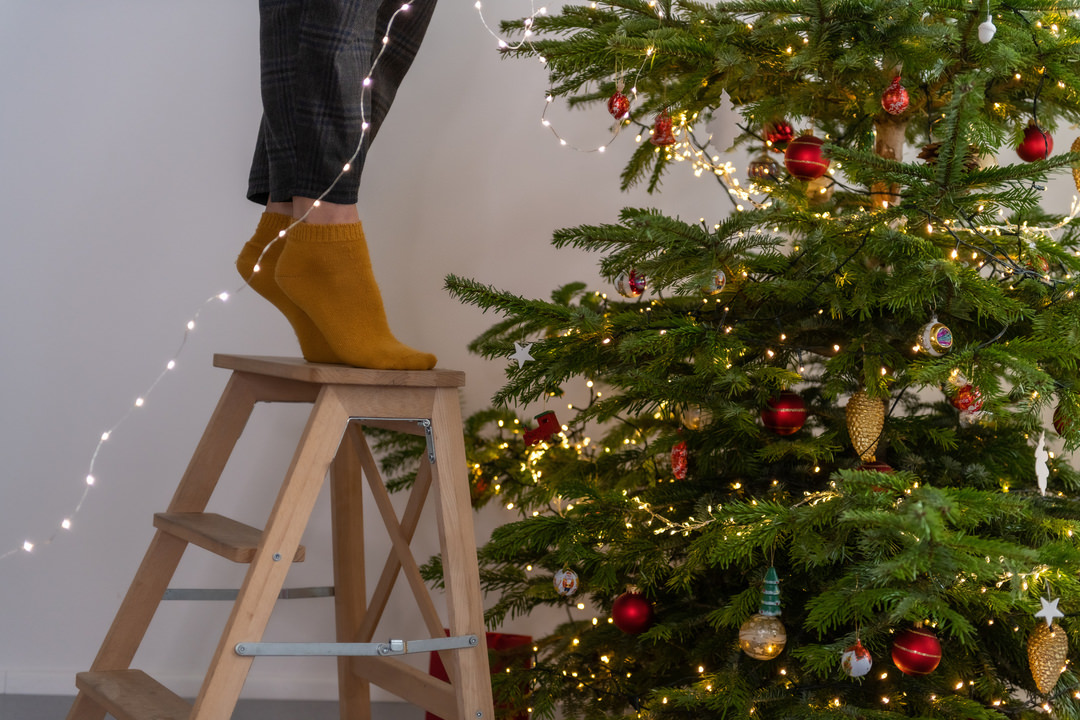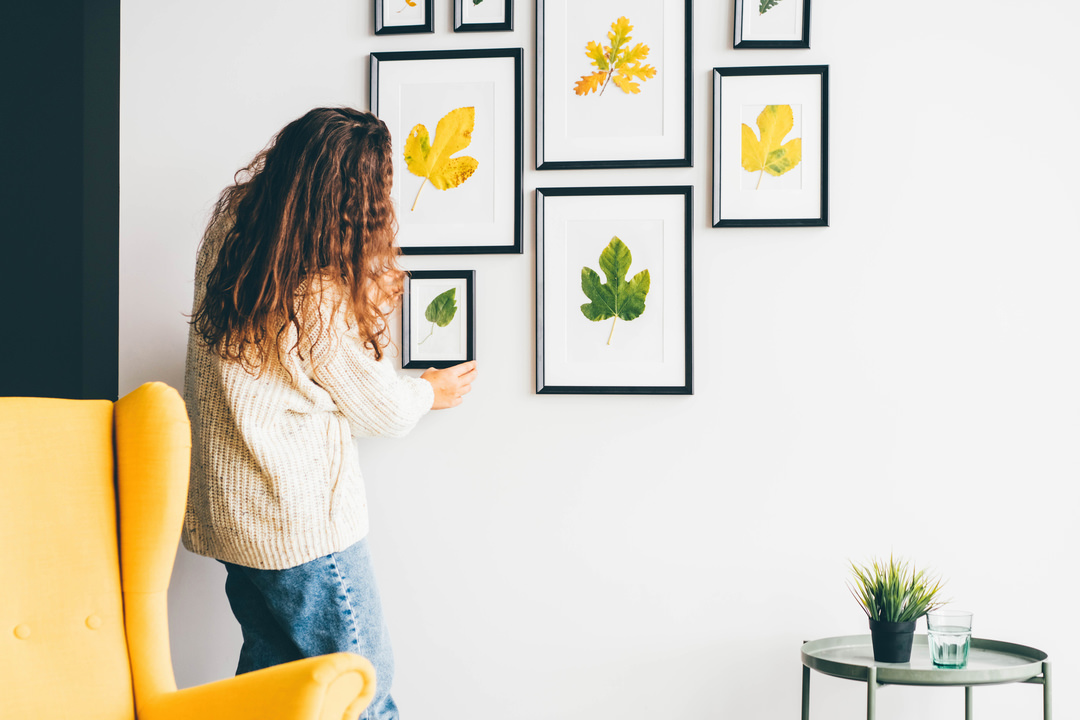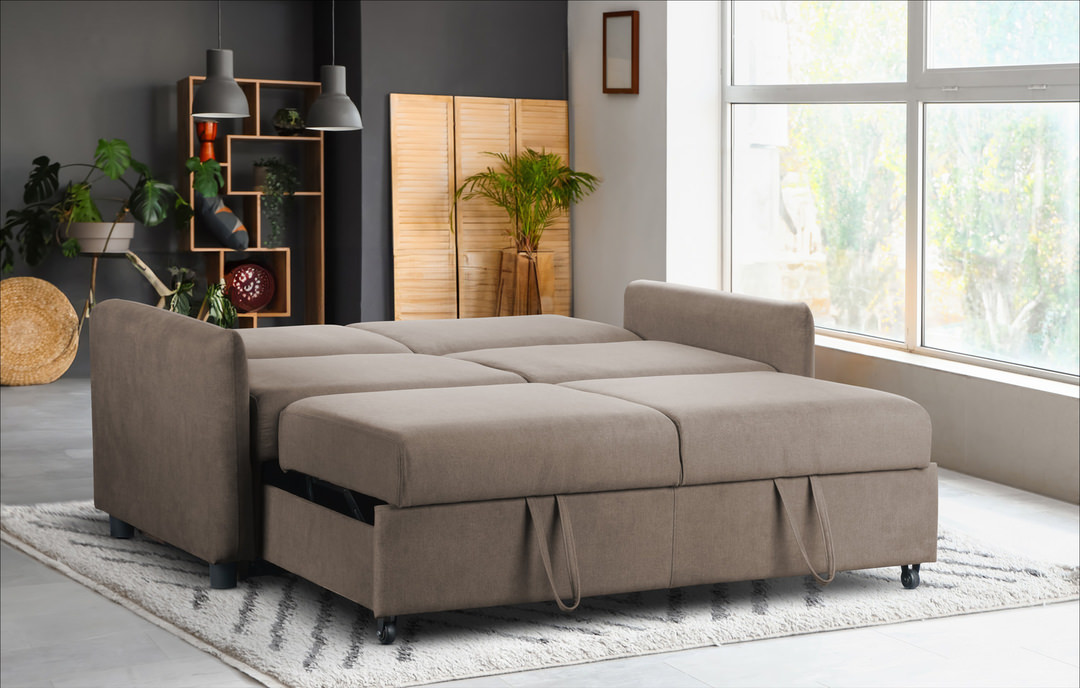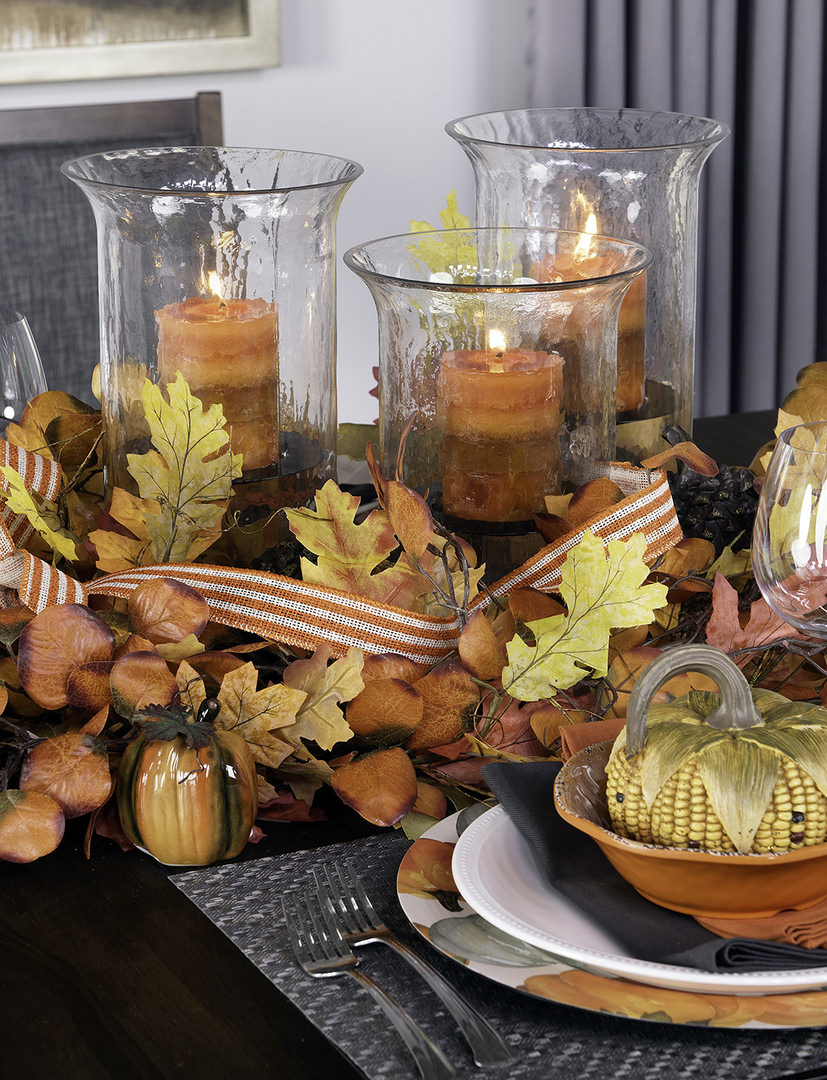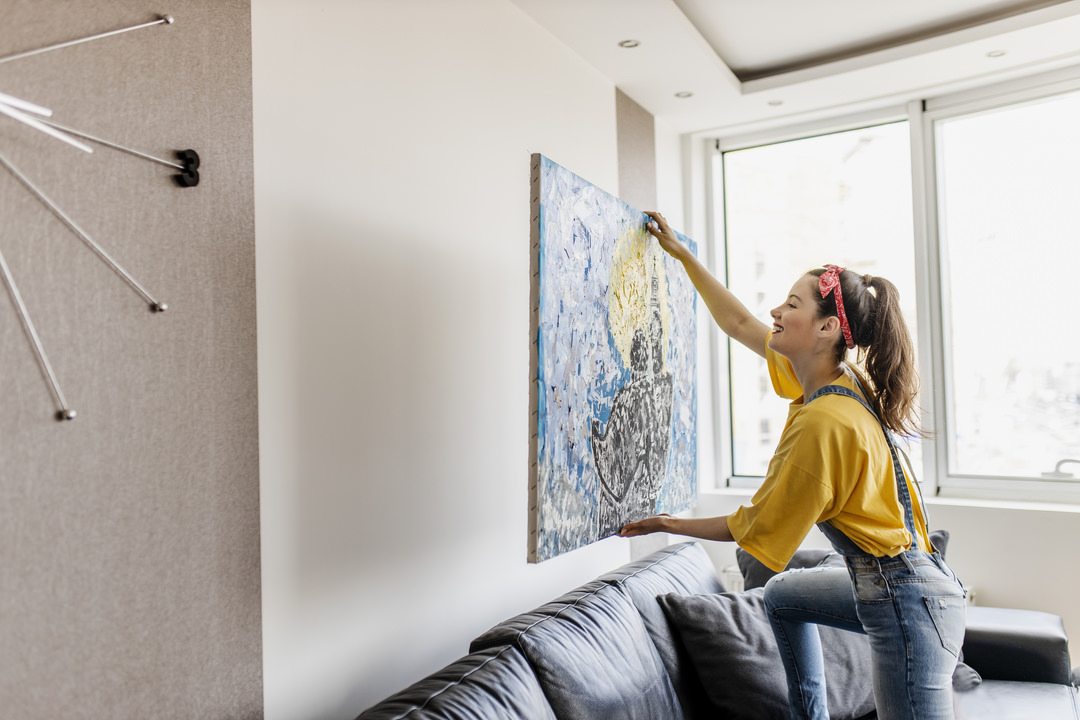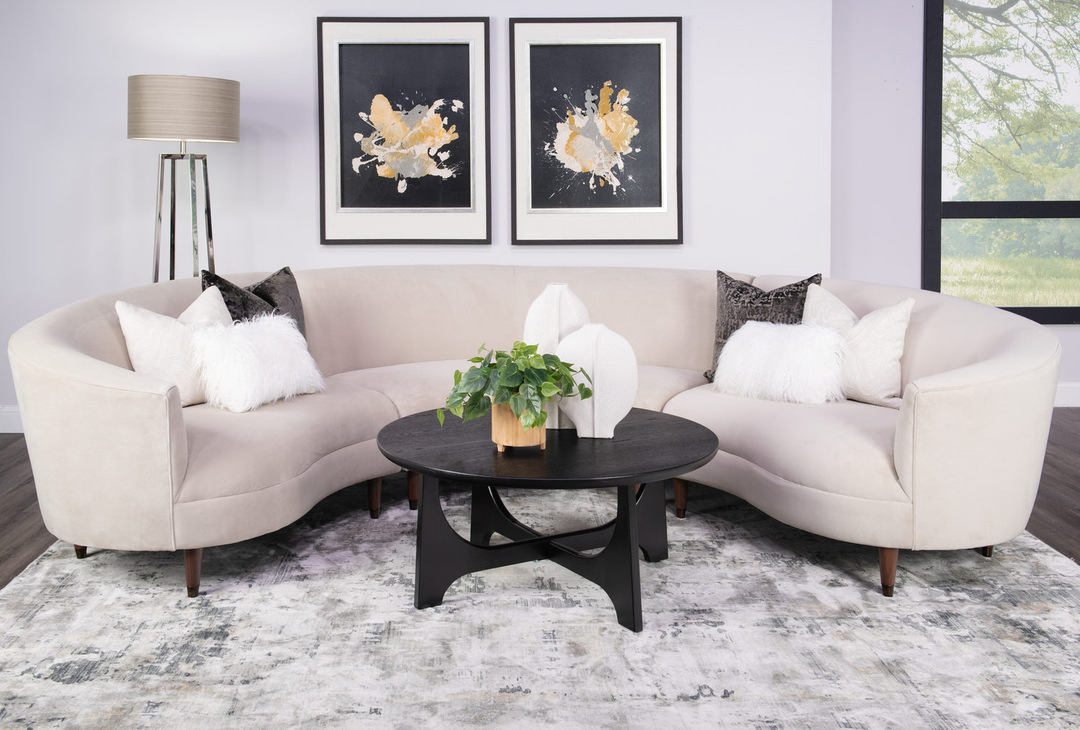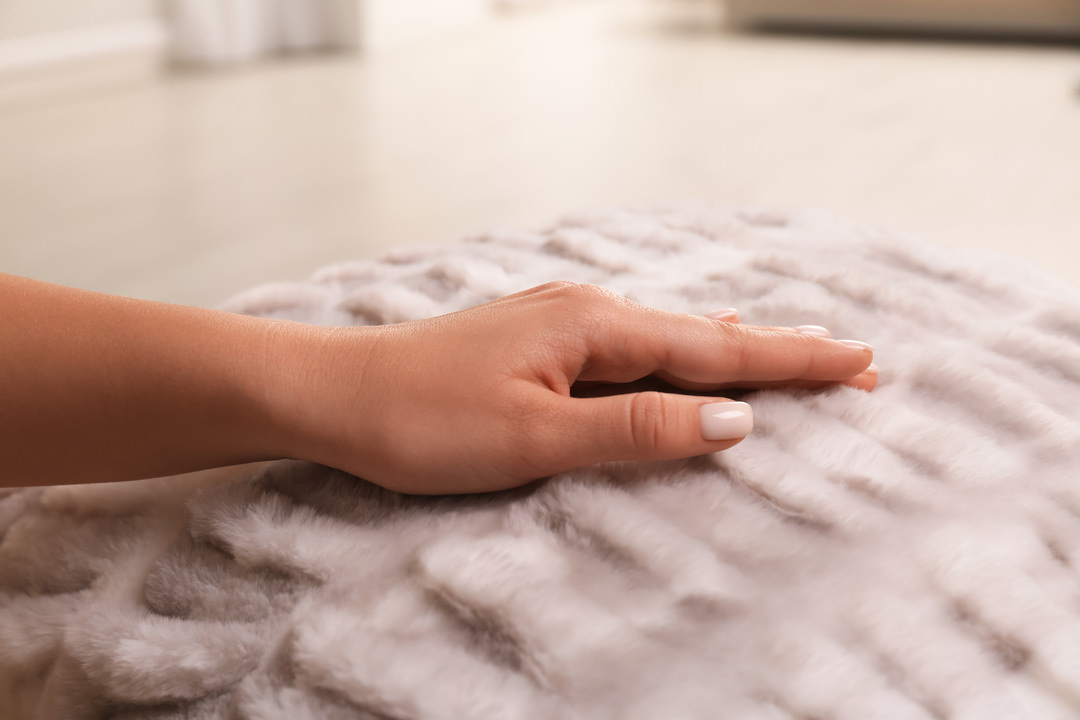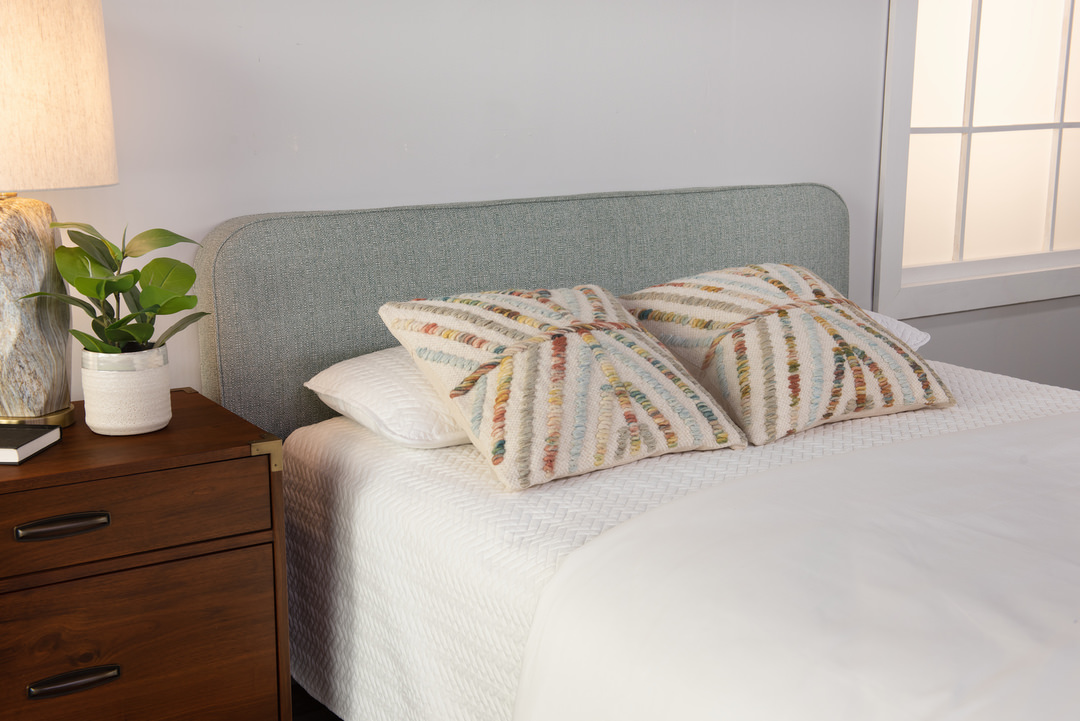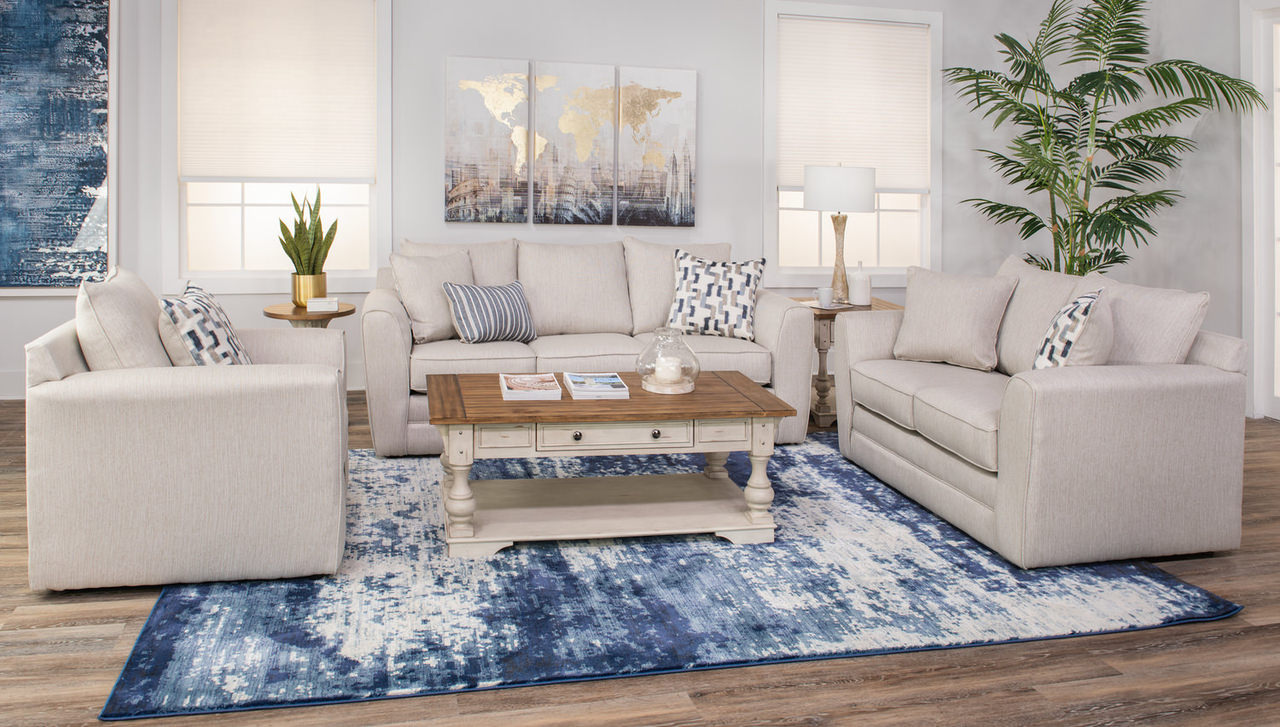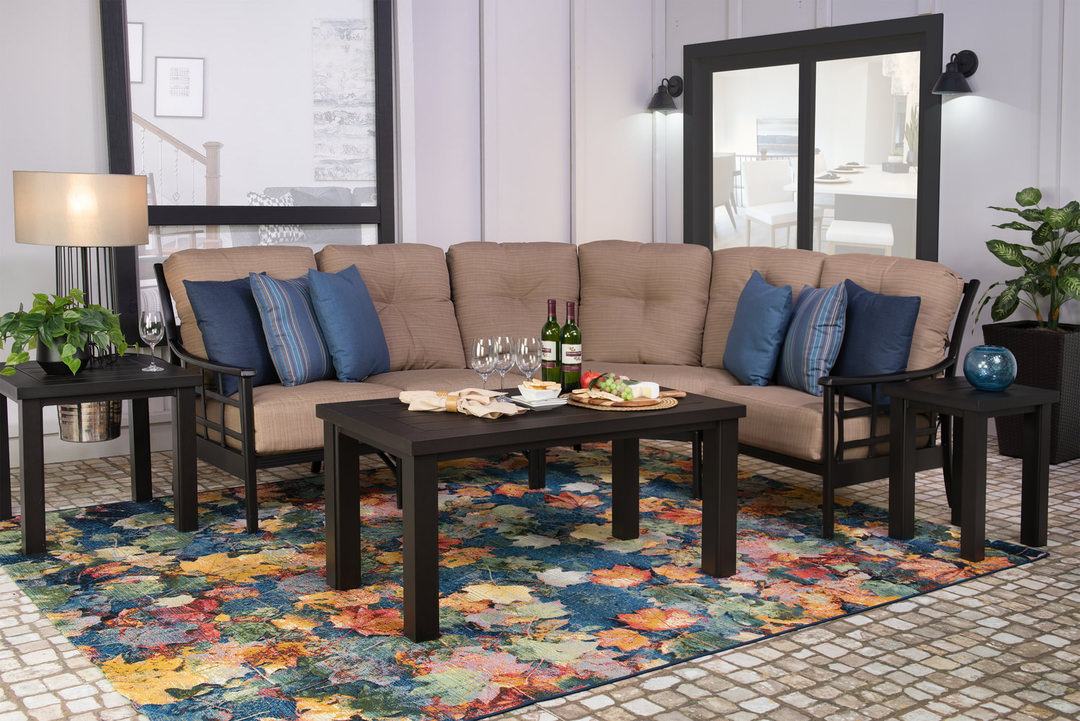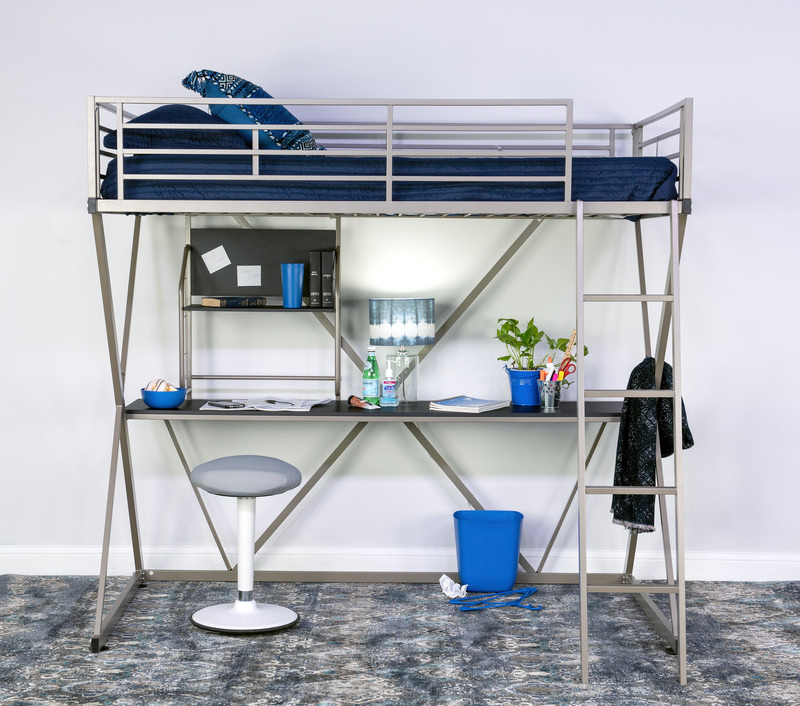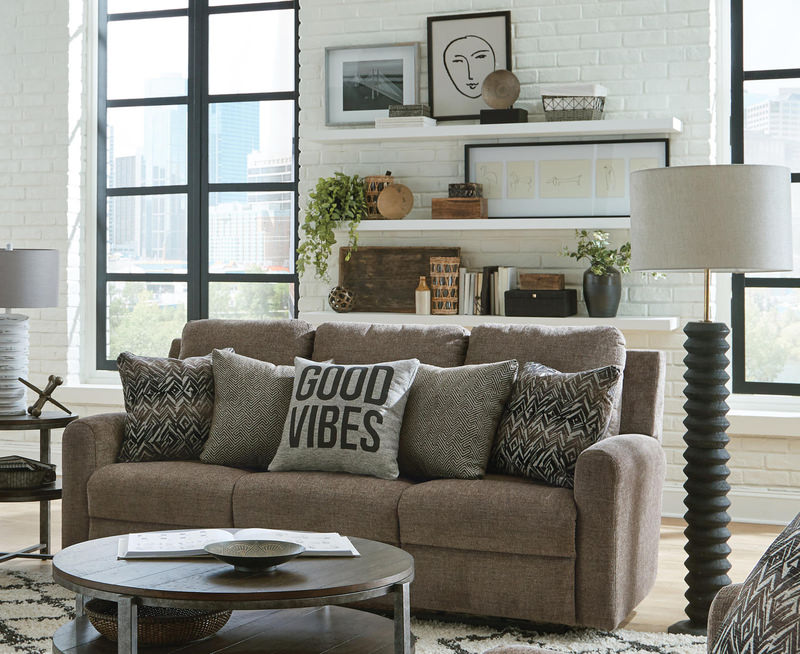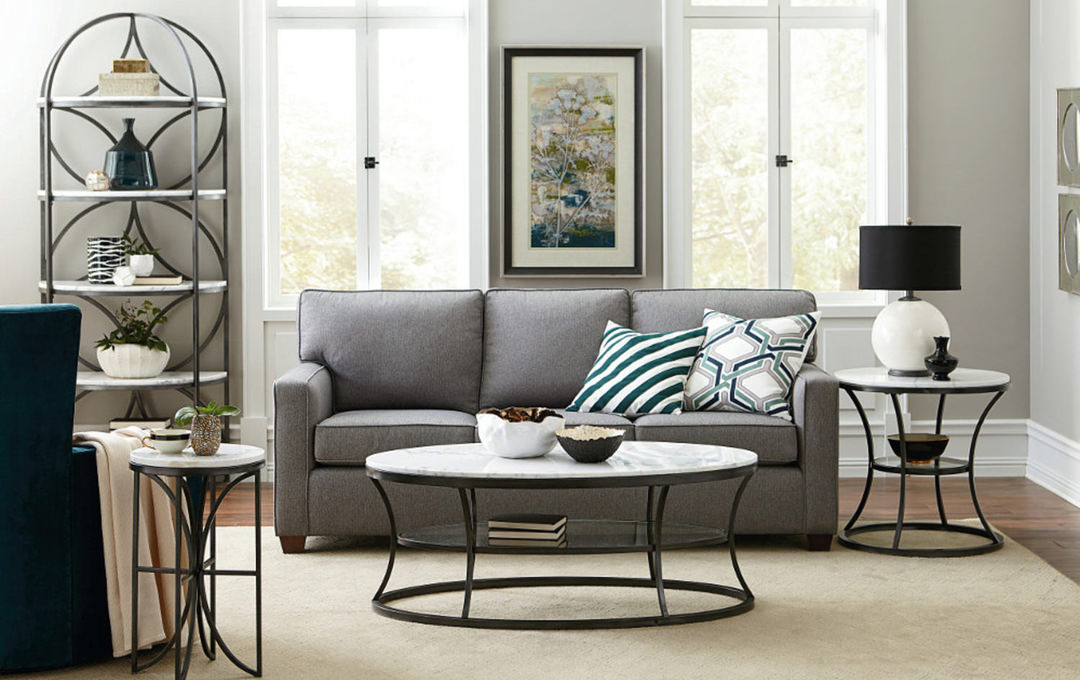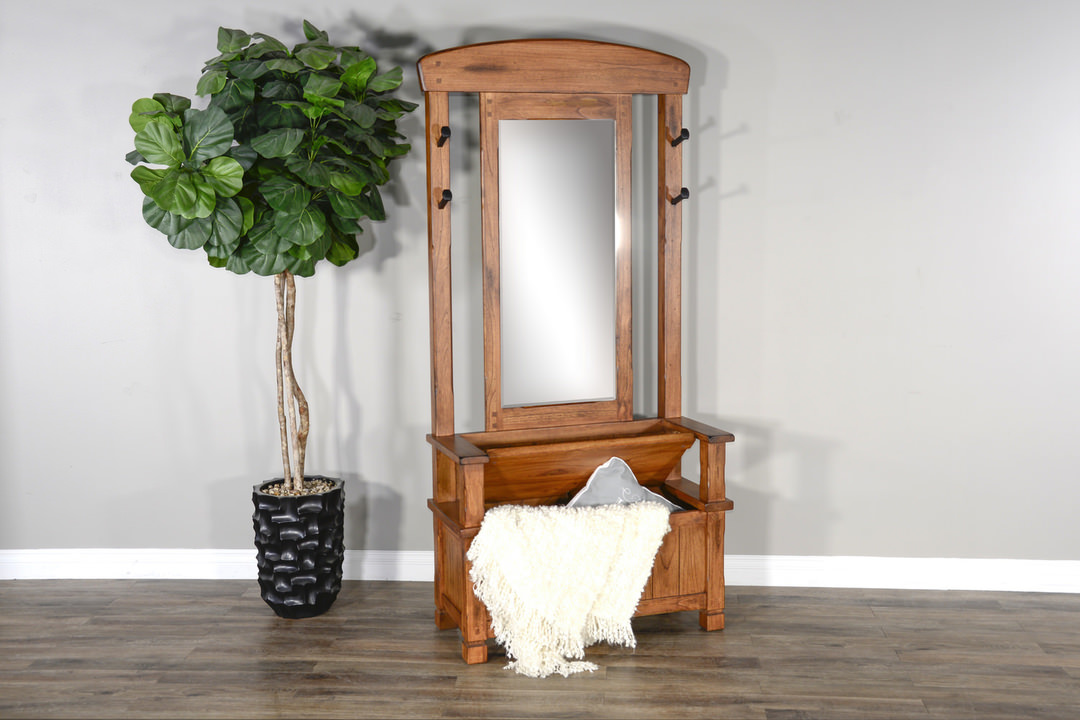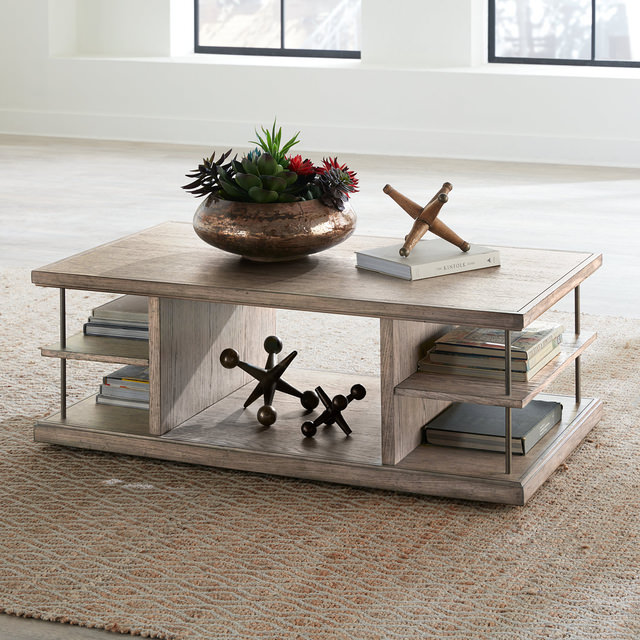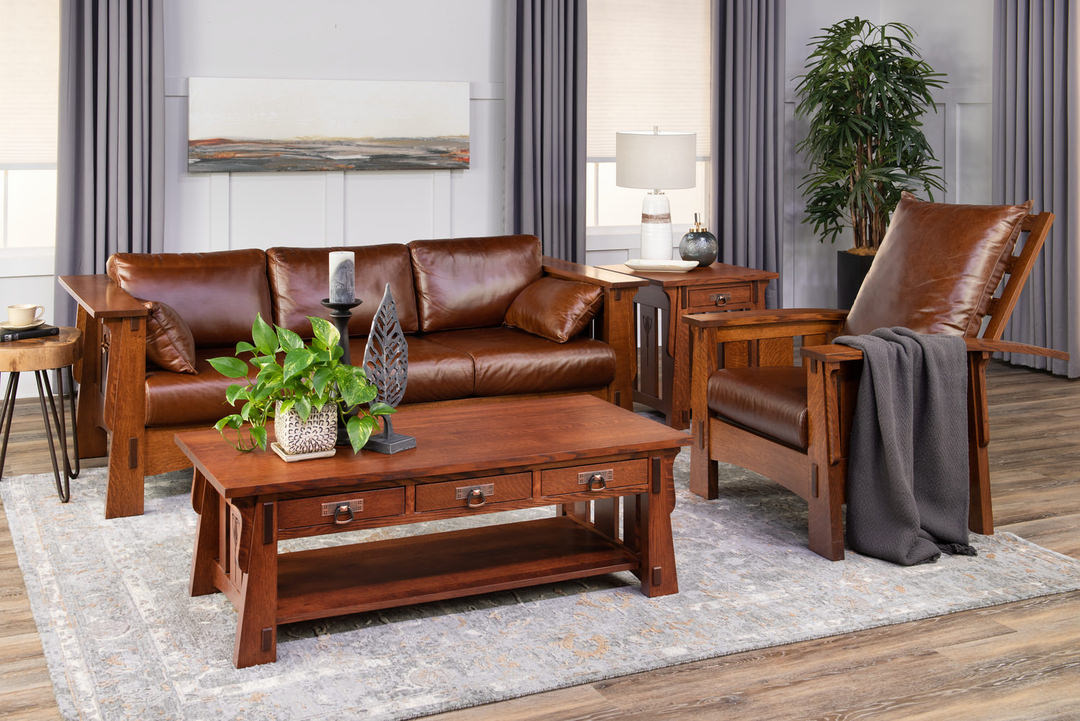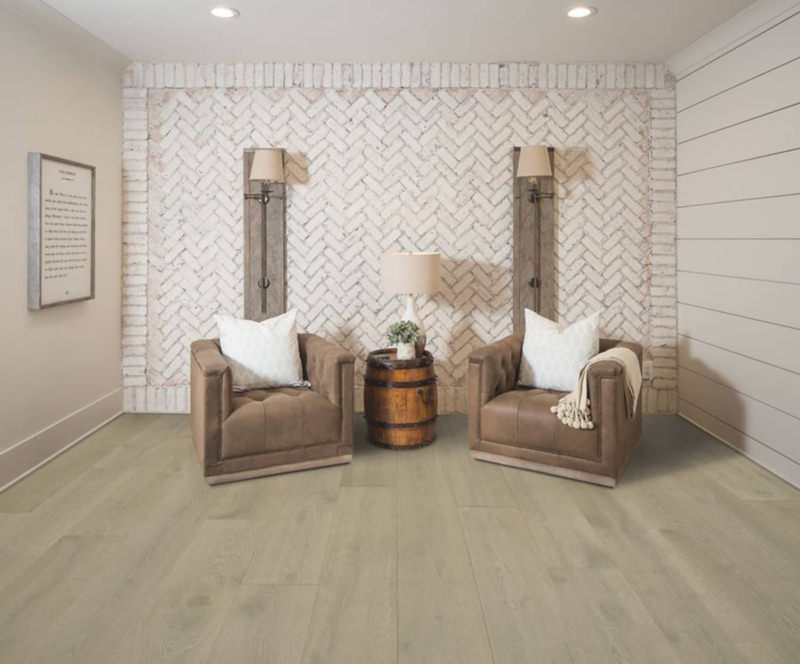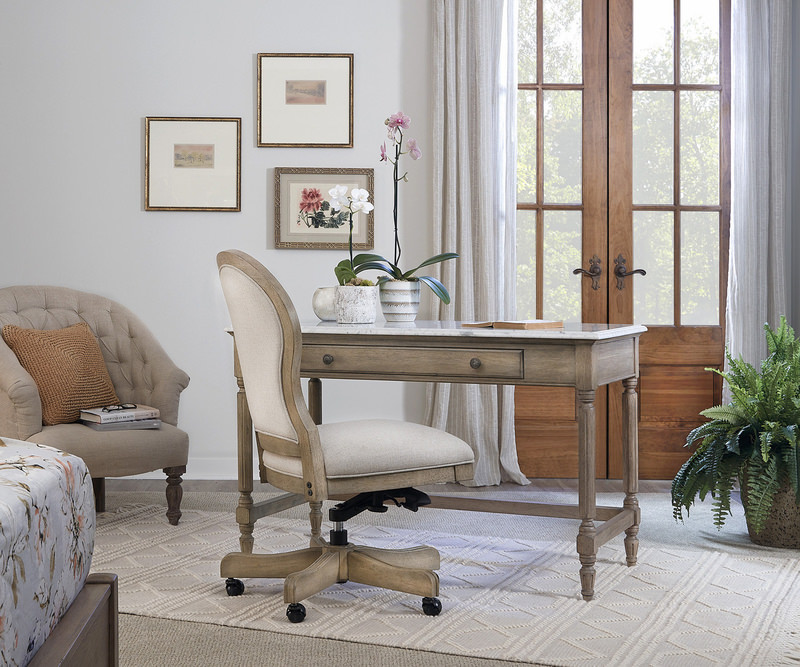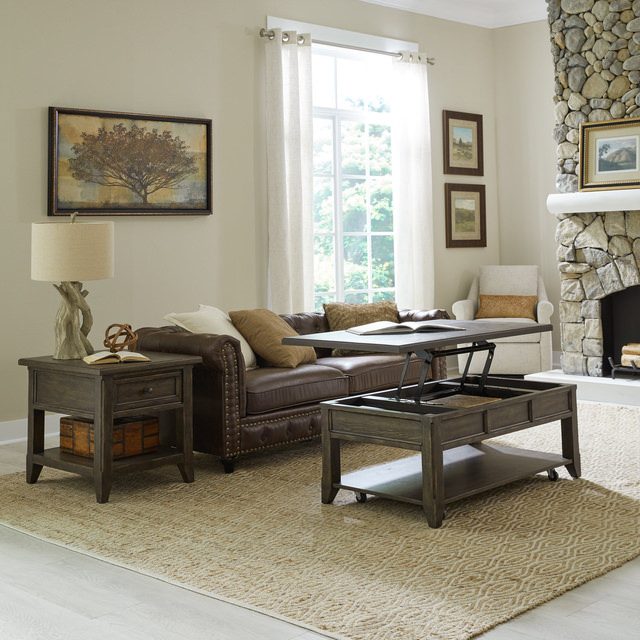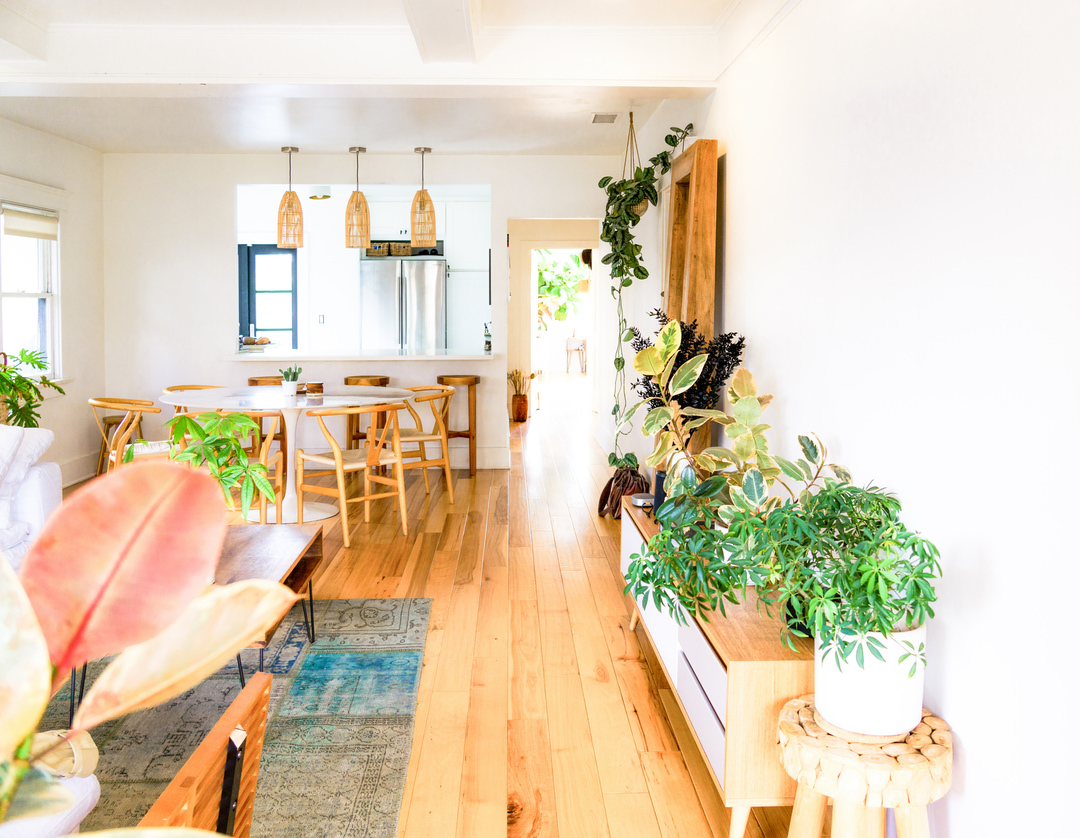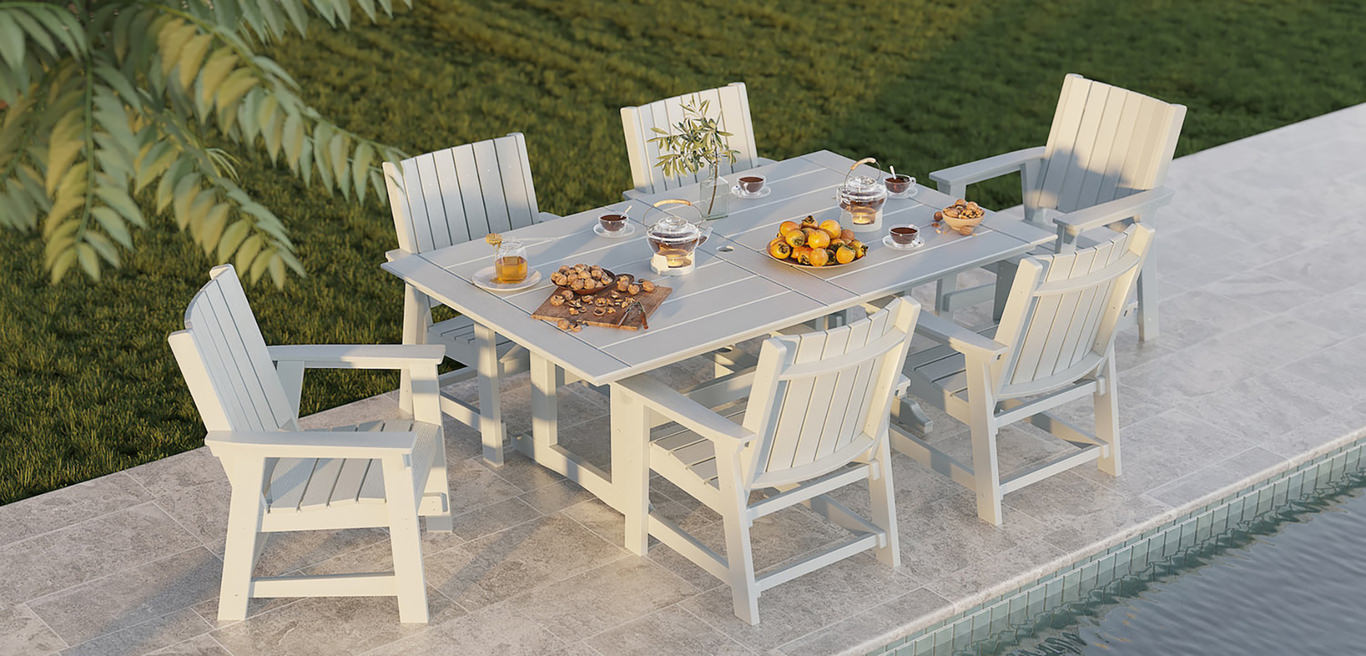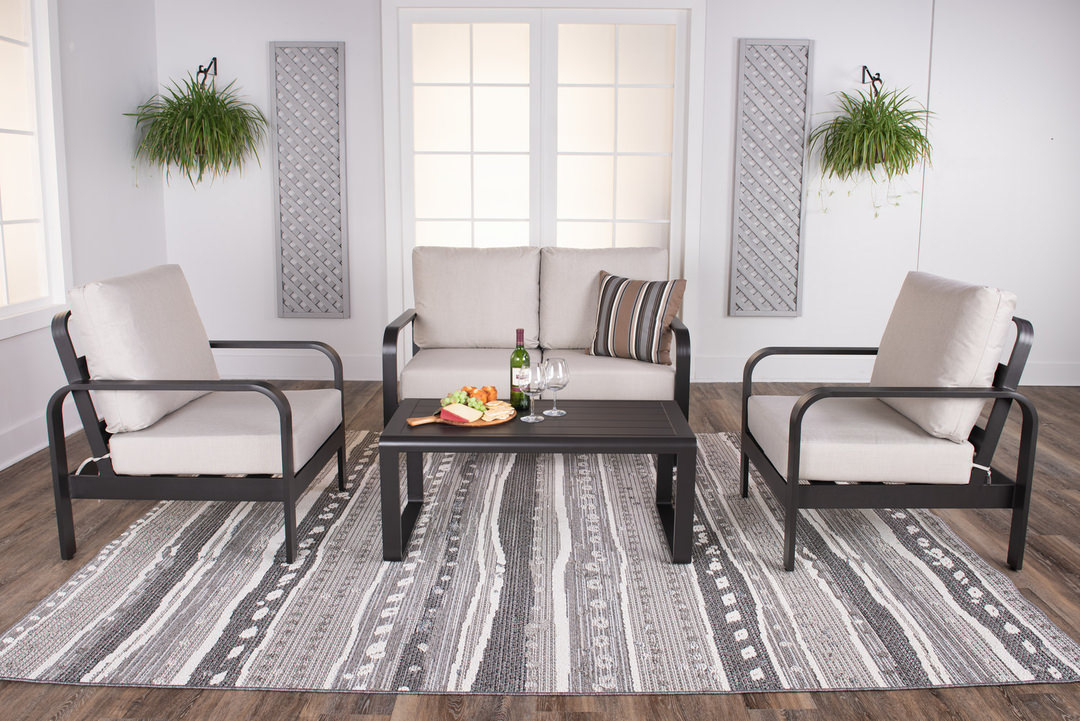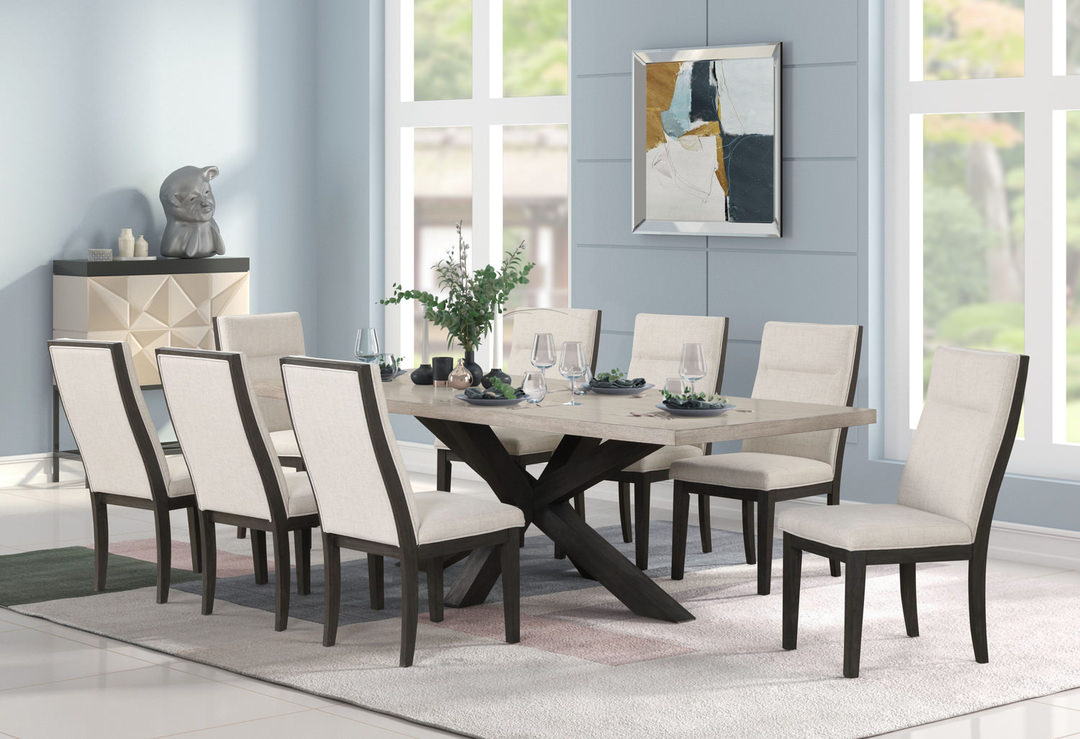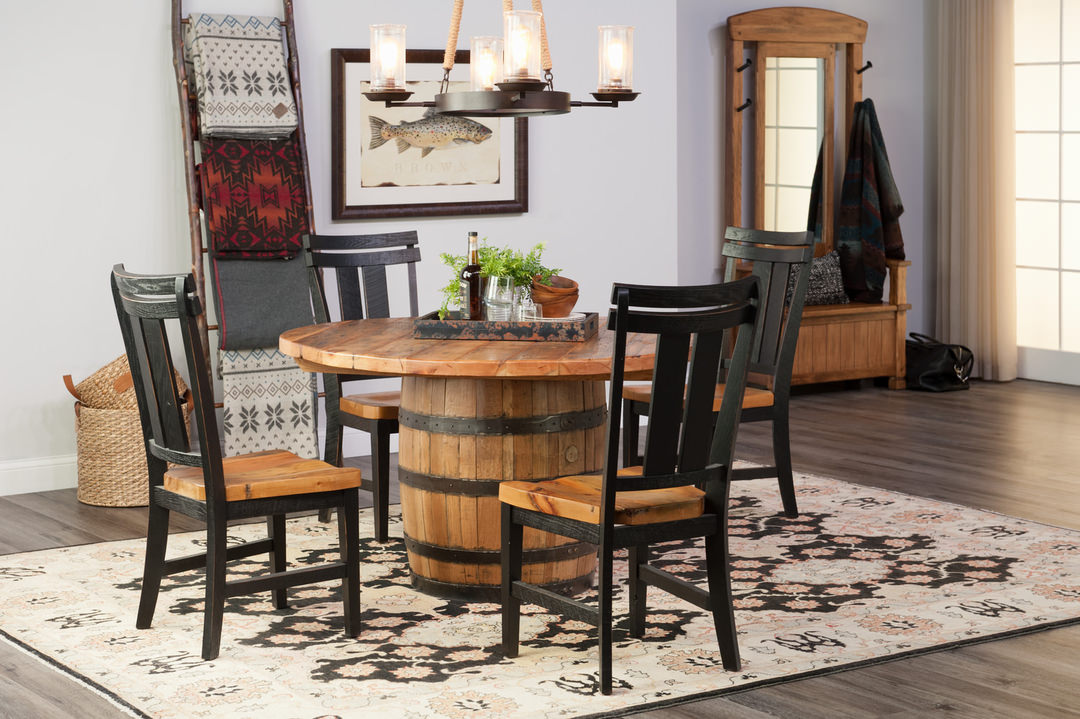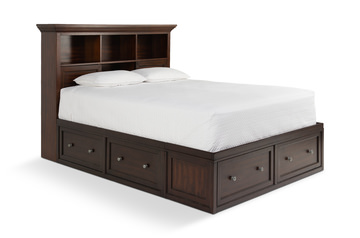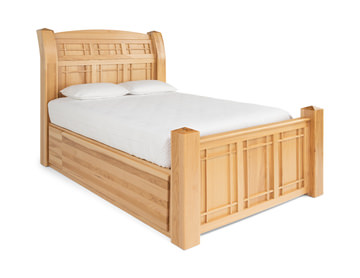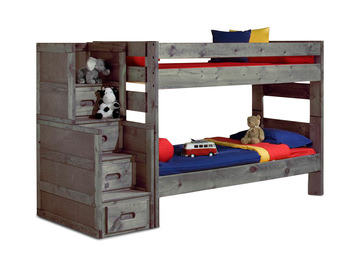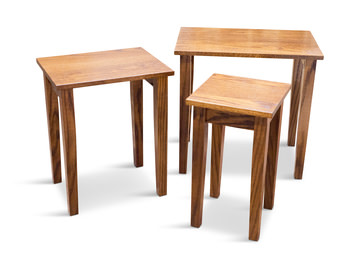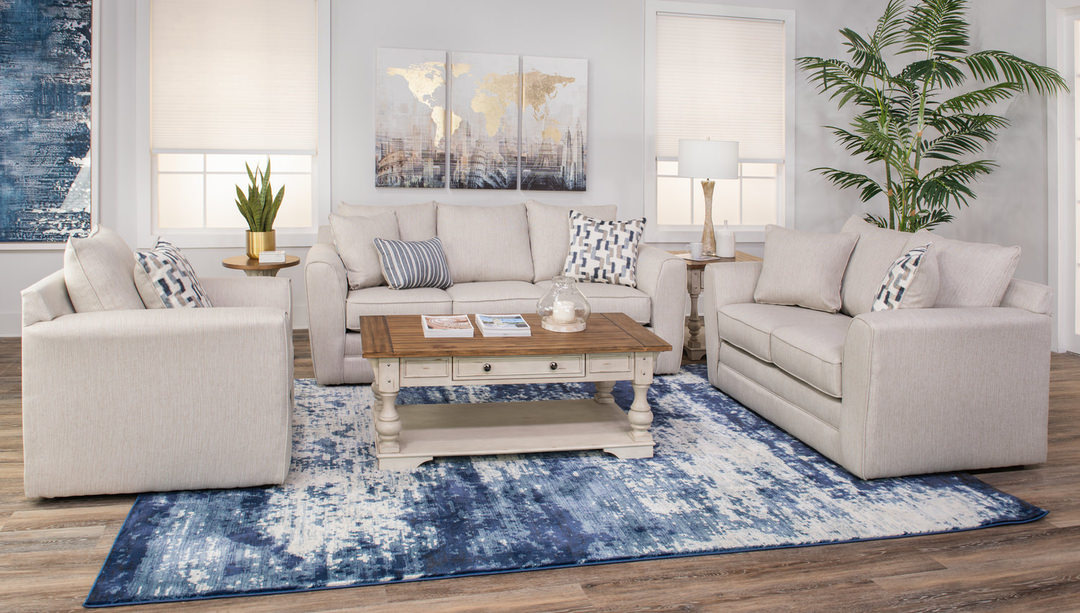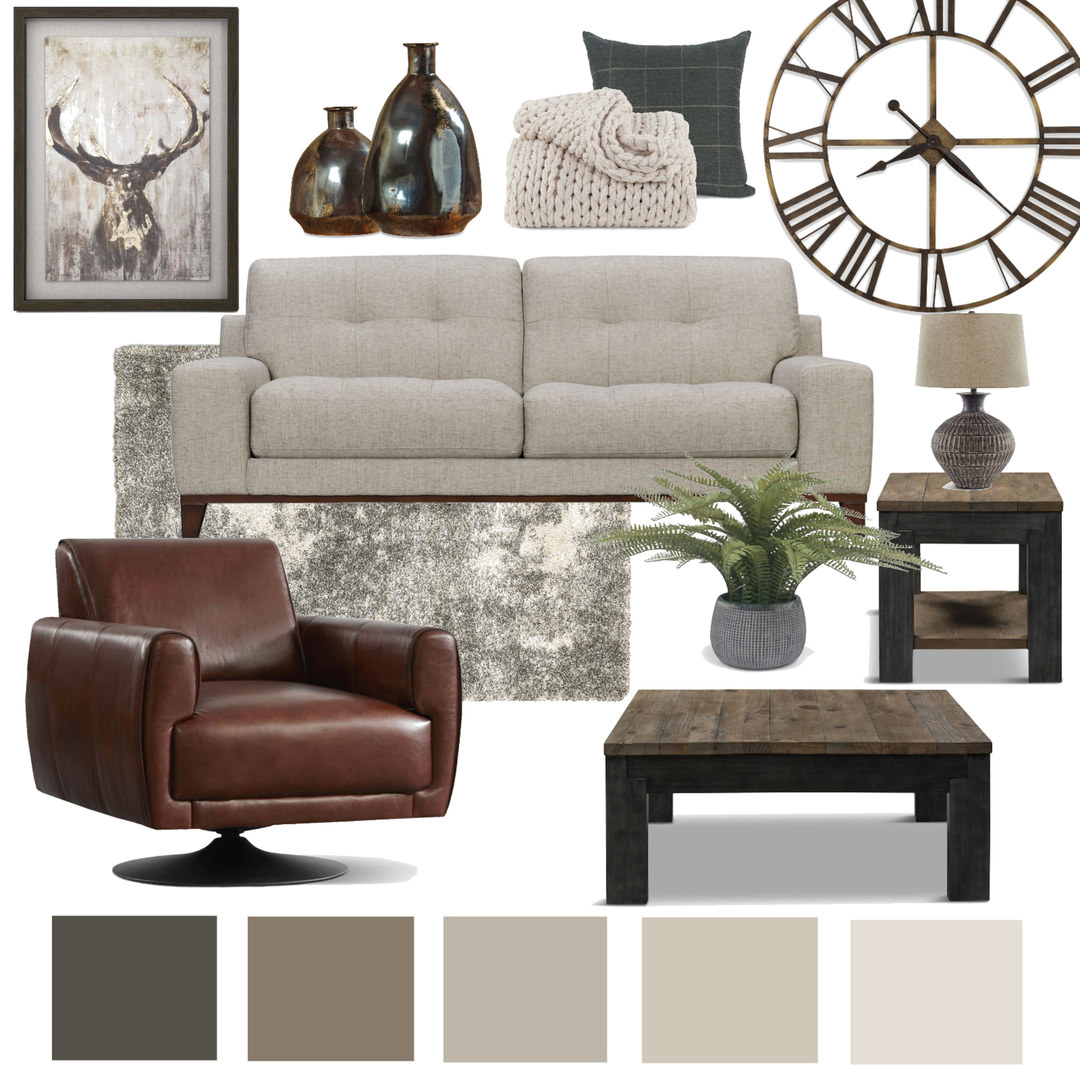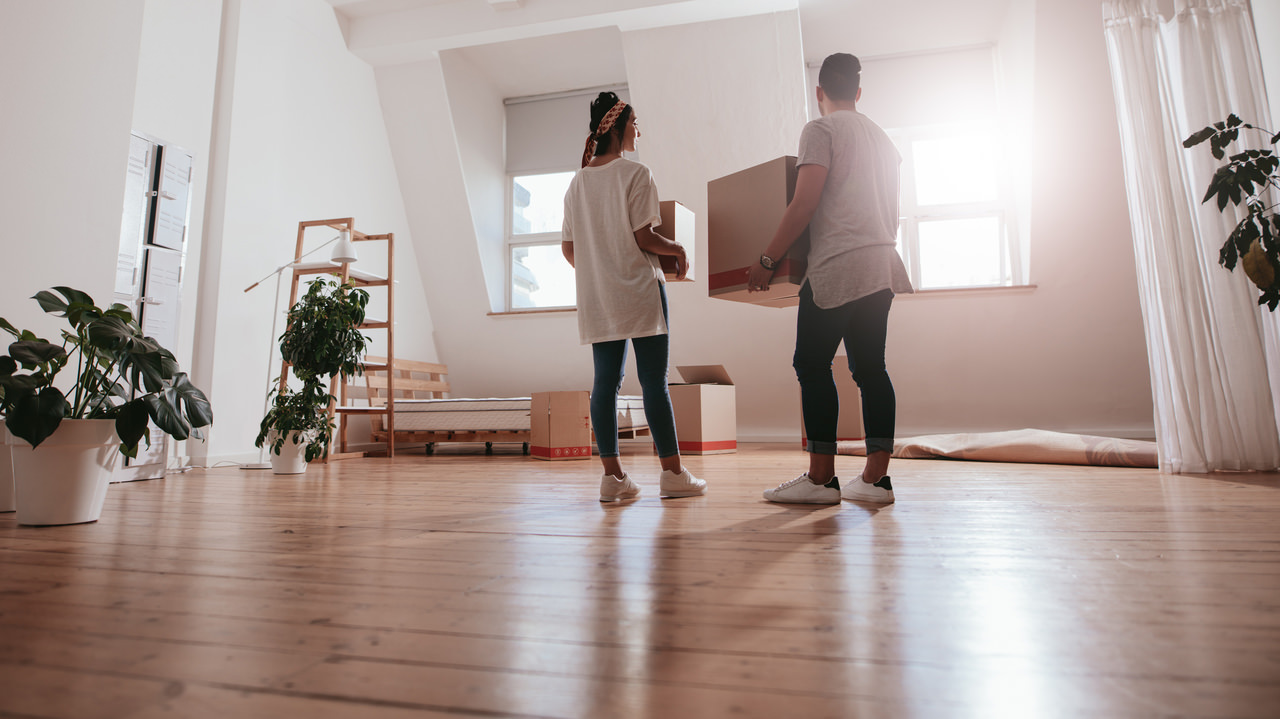Small Yet Spacious
Make your compact quarters shine with these space-saving furniture solutions.

Do you have a room or two that contain more furniture than they really want to hold? What about that bedroom where a trip to the closet feels like navigating a maze? Even a spacious home can have some tight crannies. And if you have a smallish house, condo or apartment, your living or dining room may feel cramped as well. Furniture is a necessity, but it doesn’t need to squeeze all the space out of a room. Here are some ideas for space-saving furniture to open up those tight places.
Furniture That Does Double Duty
Sofas beds: Sleeper sofas are the most familiar example of convertible furniture for small spaces. If you have too many guests for your beds, they’re a lifesaver. There’s a size to meet every need, from sofas that convert to a queen bed to a chair that converts to a twin. Modern sleepers are so stylish they’re indistinguishable from ordinary couches. But if you don’t have space for a couch or just don’t like the idea of a sofa in the bedroom, consider a futon, klik-klak or daybed. Some daybeds even include a trundle that can become an additional bed or a storage space underneath.
Storage beds: Rather than put another dresser or chest in the bedroom, consider space-saving beds that provide more than just a spot to sleep. Storage beds have convenient drawers on the side or at the foot. Some include bookshelves on the headboard or footboard. All in all, storage beds are a clever way to tuck away your belongings without squeezing in more furniture. Another great way to gain bedroom space is one known to anyone who has lived in a dorm: lofted beds or bunk beds. Some bunks feature storage drawers under the lower beds or even embedded in the bunk’s stairs.
Other items with bonus storage: When choosing coffee tables, end tables, sofa tables and nightstands, prefer ones with lots of shelf space underneath. Some have under-top drawers to not only hold extra items but also keep them hidden. Drawers rather than shelves give your room a less cluttered feel. The basket stand is an attractive way to keep items handy yet out of sight. There are storage benches that allow you to tuck things away by lifting the top or by stashing them on shelves or in drawers. The hallway shoe bench is a useful example of this idea.
Furniture That Gets Smaller
The sleeper sofa isn’t the only thing that takes up fewer square feet when it’s not in use. Drop-leaf and center-leaf dining tables are less conspicuous when they’re folded up. Also, there are both chairs and tables that nest for easy storage when you don’t need them.
Think Vertical
Remember that your room isn’t merely 10x12. It’s 10x12x8, and the entire eight feet of height is there for you to use. In the bedroom, a chest rather than a dresser yields the same storage with a smaller footprint. In any room, a tall, narrow bookcase gives you more bang for your floor space than a wide one. Ditto for a tall versus a wide entertainment center. Ladder bookcases provide an especially sleek and uncluttered look. Floating shelves, which give the illusion of growing out of the walls, can go as high as you want them. Stack them in a floor-to-ceiling column or run a high one the length of a wall.
Use Your Closets
No, this doesn’t mean stuffing them to the ceiling then forcing the door shut. There are, however, several ways to organize a closet to hold more and take pressure off the other rooms.
Add closet shelves: A high shelf running the length of the closet yields a substantial amount of bonus storage. If you already have one, think about adding a second, maybe higher and not as deep.
Be creative with hangers: Some closets have room for two rows of hanger rods, one above the other, which can double your capacity for shirts and skirts. Tiered coat hangers hold as many as four to six items under one hook: more clothes in the same space. Multi-shelf hanging closet organizers effectively give you four, five or six soft shelves that can handle items like socks, underwear and other things usually kept in dressers.
Use bookcases and chests: They’re not just for living rooms and bedrooms. One of these, strategically placed, helps keep that hard-working closet in order.
Light, Color, Arrangement
Improving lighting and painting the walls a brighter color won’t create any more space, but they can make a room feel bigger. So do lightweight or sheer curtains as opposed to shades. Also, furniture arrangement can do a lot toward alleviating that crowded feel. Make sure there are ample walkways, and your room won’t feel quite so small.
